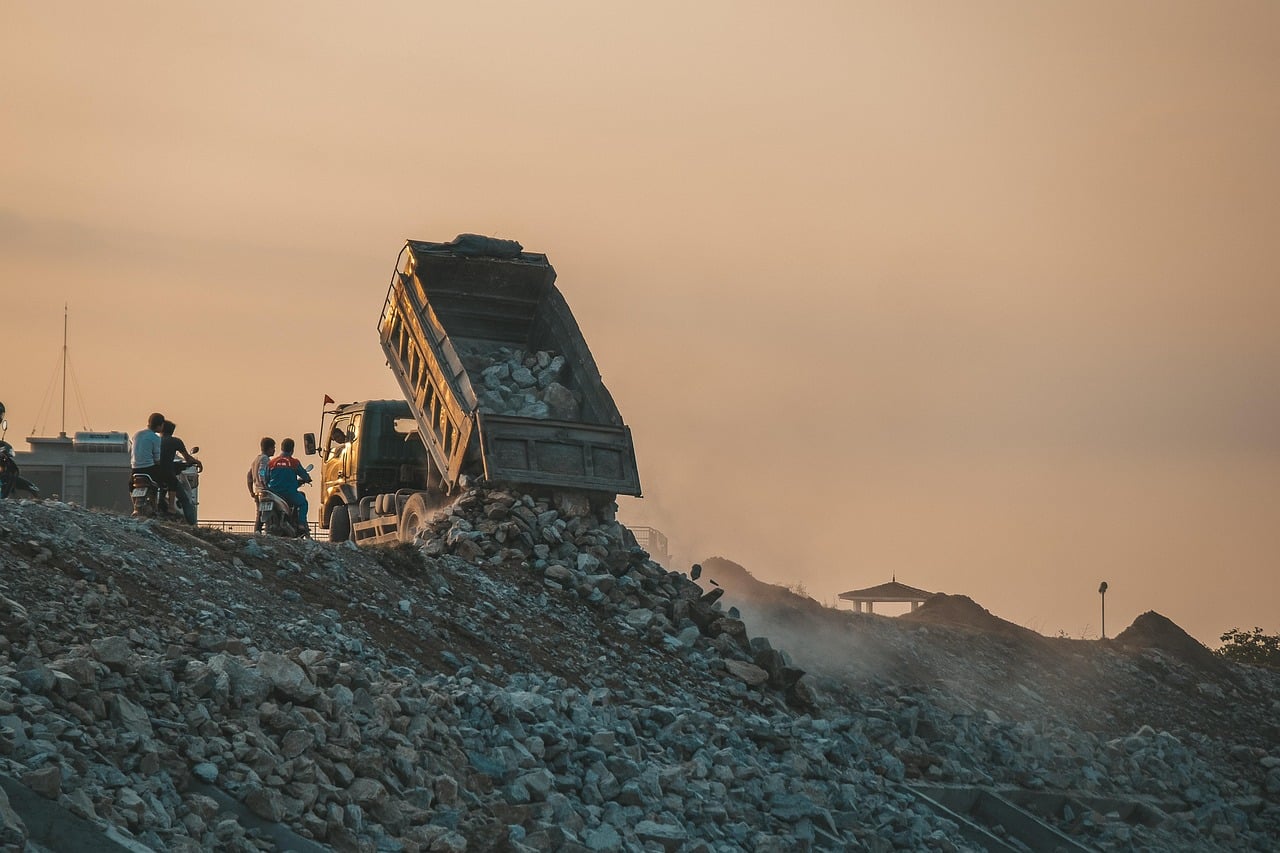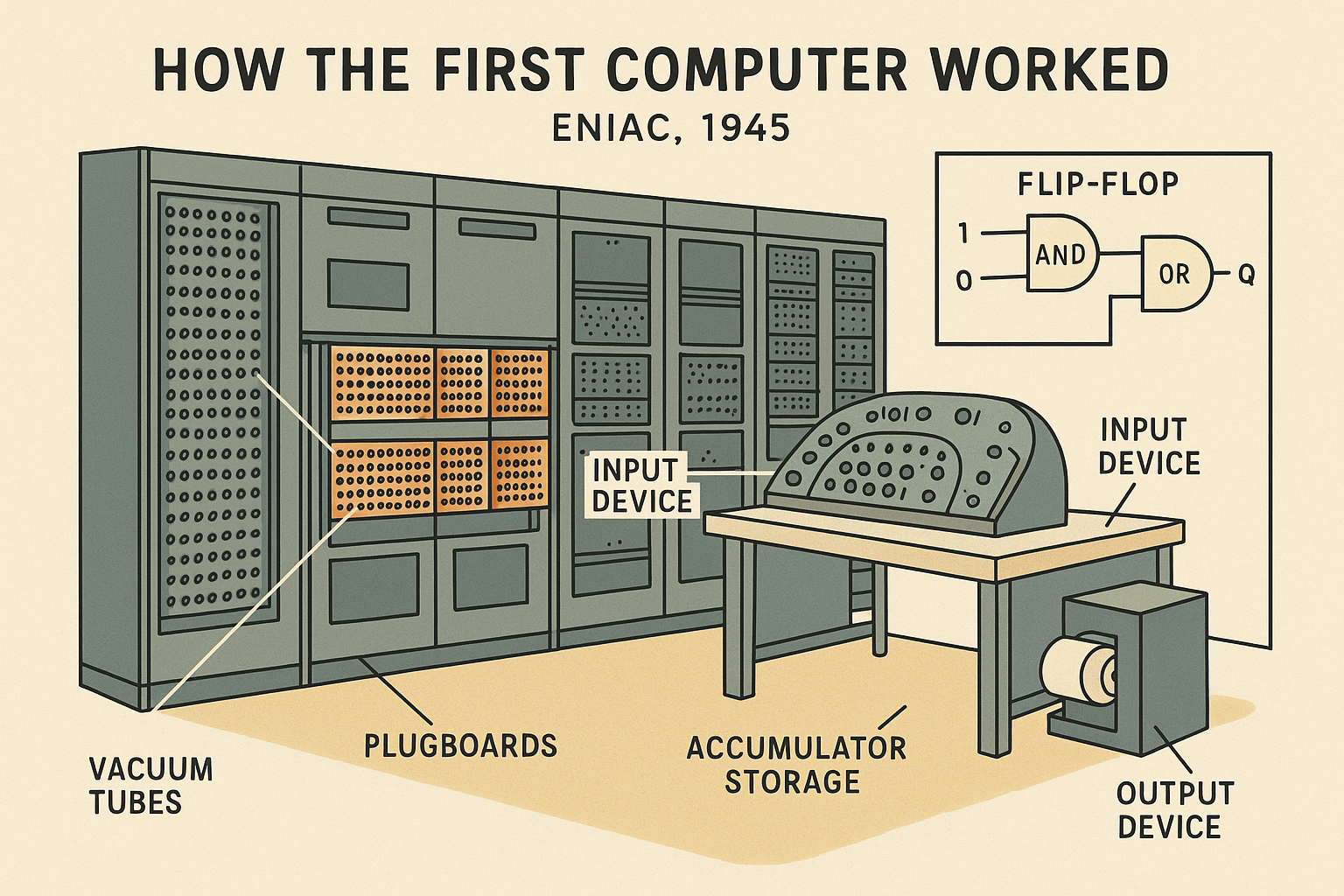
Awareness and technological innovation to reduce food waste
Objective 2 of the 2030 Agenda for sustainable development aims to end world hunger and achieve food security by improving nutrition and promoting sustainable agriculture: these tasks can be achieved first and foremost by reducing food waste. Although it seems like an excessively reductive analysis of the issue, food waste constitutes a stressful dynamic for the efficient management of food systems.
Technological innovation, between blockchain and artificial intelligence, combined with greater awareness in the daily behavior of consumers can prevent and combat the most harmful consequences of food waste.
What is food waste
Food waste essentially consists of the inefficient use of resources intended for food, i.e. all that food produced but not consumed and thrown away during the production and distribution processes.
Food waste involves different stages of the agri-food chain. It primarily involves end consumers and their incorrect behavior in terms of purchasing and managing food, inside and outside the home. Cultural awareness among consumers to reduce domestic food waste is crucial, has substantial benefits and does not require particular efforts.
However, it is not just consumer behavior: the production and transport of food also has many flaws that cause the loss of raw materials. Even in the distribution, retail and hospitality sectors, initiatives are being implemented to reduce losses and actively manage surpluses.
Over a third of the food produced worldwide is discarded: enormous damage from an ethical, social and economic point of view, a waste of useful resources with serious implications from an ecological point of view.
Alongside such significant losses, there remains a serious problem of malnutrition and hunger in too many corners of the planet: an inequality between those who have excess food and those who have little is the result of inadequate infrastructure and organizational models, combined with a culture that does not treat food with due respect and attention.
Causes of food waste
As we have seen, food can be wasted at different stages of its life cycle, from the beginning of the production process, even in the fields for agricultural products (often to meet rigorous aesthetic standards), up to sale, through transformation, processing, transport and finally reaching domestic consumption. Many items are discarded because they are damaged during transport or remain unsold in supermarkets, a lot of food is wasted by end consumers, both due to excessive purchases and inadequate conservation.
There are different levels of interpretation of a phenomenon like this. First of all, the cultural level must be considered because there is a lack of perception of the real value of food (this is why the levels of inequality between an overfed and an undernourished part of the world are so evident). But not only that: poor agricultural practices, insufficient infrastructure for transportation and storage, aggressive commercial strategies that promote excessive purchases and aesthetic standards that discard imperfect products must also be considered.
According to the Economist Intelligence Unit’s Food Sustainability Index, France is a leader in the fight against food waste thanks to incisive legislative measures, such as the obligation for supermarkets to donate unsold products to charities. Overall, the main culprits of food waste in Europe are the United Kingdom, the Netherlands and Germany.
How serious is the problem
To address the problem in an informed way, it is essential to have a clear vision of the dimensions of the phenomenon. For example, FAO has developed an open database to map and measure food loss (food lost during production) and food waste (food discarded by retailers and consumers). The database highlights the enormous disparity between production and the real need for food for the inhabitants of the planet. Every day, global resources are exploited to produce excess food, yet the conditions are not there to satisfy everyone.
Globally, one billion tons of food (one third of that produced) is wasted. The WWF estimates that with these figures the problem of malnutrition for 800 million people could be solved.
The main fate of wasted food is still landfill, with a minimal amount of recovery and recycling. This contributes to the emission of greenhouse gases, particularly methane, which aggravates ongoing climate change. Even in developing countries, considerable food loss is observed mainly due to inefficiencies in the production and distribution chain.
An enormous cost therefore from all points of view: economic, social and environmental. Economic because it causes a loss of financial resources and social because the excess resources could instead be redistributed to those in need. Finally, an environmental cost, because food production requires water, soil and energy and produces CO2 emissions. Furthermore, food waste also means a high production of organic waste, another factor that contributes to worsening the already precarious conditions of the planet.
Possible solutions
If the problem of food waste causes such serious implications, international policies should act promptly to combat it.
The consumption phase is the one with the highest levels of waste, both among final consumers and in the catering and hospitality channels. Promoting a careful food culture, targeted purchasing and managing surpluses can help reduce domestic waste. In the restaurant sector, effective organizational models and conscious consumption practices should be applied to limit food waste.
In the early stages of the food life cycle, however, we should focus on adequate infrastructure and advanced weather forecasting services. Space Economy applications intended for the agricultural world could gain ever more space: satellite images are able to provide important information on the state of the land, monitoring the harvest and efficiently directing water resources, as well as preventing meteorological threats.
The transformation and distribution phase is the one in which the greatest efforts have been made with projects and legislative interventions: the sector is in fact working on prevention, measurement and systematization activities of surpluses, giving priority to recovery and redistribution through different methods and channels. In fact, the conservation, transport and processing phases are the moments in which the percentage of waste is still very high, both due to inadequate infrastructure and a production process that still struggles to align with real demand.
Technology can play a key role in the fight against food waste. Different digital solutions, from blockchain to artificial intelligence, offer opportunities to optimize production, improve distribution, monitor inventories in real time, prevent losses and valorise waste.
Artificial intelligence, an integral part of Agriculture 4.0, is innovating the agri-food sector: thanks to predictive analysis (predicting consumer demand), it is possible to optimize production by monitoring food storage conditions to prevent deterioration. Furthermore, AI can intervene in the production phase, analyzing weather patterns and soil conditions to guide sowing and harvesting decisions, reducing waste related to decay. AI can also be used in distribution: operating in restaurants and supermarkets, it predicts demand and inventory management, helping to reduce unsold or unused food. On the consumer side, AI-powered apps can also provide meal planning suggestions and reminders to consume food before it expires.
Blockchain also becomes a fundamental element in the fight against food waste, contributing to the traceability of food along the entire production chain and allowing the transparent sharing of information between producers, distributors and consumers. Blockchain optimizes the food supply chain by recording every stage of a product’s journey, from production to consumption, identifying critical waste points and enabling targeted interventions. The issue of traceability is also fundamental for sustainable management of resources, with a simplified process of certification and verification of the origin of food products. Finally, it can also encourage the creation of platforms for sharing or selling excess food, ensuring transparency and security of transactions.
Finally, the role of packaging in food products is crucial to make them suitable for different sales channels, guarantee their safety and communicate useful information for informed consumption. Smart packaging supports efficient food management, improving traceability and preventing waste. Technologies such as RFID and IoT sensors allow more precise management of food at the various stages, facilitating communication with consumers through QR Code or augmented reality.








